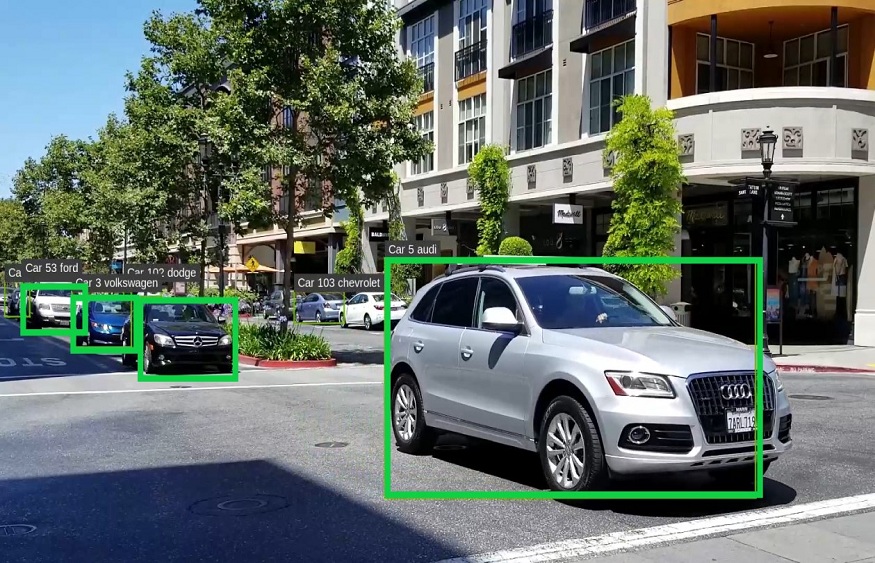Dynamic messaging, changeable message signs (CMS), or matrix signage are examples of variable message signs (VMS) that have become common on major roadways worldwide. They are a popular method of traffic control. Several changeable message signs provide road condition data; 50% have undergone statewide installations. However, the VMS signs for hire have been extensively utilized worldwide, with standards developed to ensure that usage and messaging are uniform across nations.
Variable message signs can convey a variety of messages, including:
- Rain, wet pavement, and ice are all examples of risky weather conditions.
- Accidents, car breakdowns in lanes, building work, or traffic slowdowns are examples of traffic occurrences or events.
- Travel times to a site of interest, for example.
- Safety-related alerts, such as cautions not to text and drive
- Non-traffic regarding public communications include missing person warnings and even gasoline price comparisons.
Learn about the design potential of Vms.
The variable message sign is among the critical information release devices on the highway and is extremely useful in maintaining road order and providing real-time traffic information to drivers. A certified variable message sign should fulfil the following conditions to ensure that it can manage such a high volume of traffic over extended holidays:
The variable message sign on the highway often requires a lengthy period of operation in an outdoor area with several environmental illuminances. In addition to guaranteeing maximum clarity of environmental illuminance during daylight hours, it is vital to minimise glare in heavy rain or at night. Therefore the intensity of vms must be automatically changed based on the ambient illuminance. The capacity of changeable message signs to adapt their illuminance according to the surroundings is especially significant for ensuring glare management under high-brightness light sources or secondary reflection.
RPM Hire suggested an advanced control system to allow real-time failure monitoring on highway changeable message signs. It has a localised human-computer interaction system and a distant communication protocol which may be tied to the remote control centre, making maintenance easier. It is the majority used of highway construction across the country.
With the fast advances of 5G technology, portal-type changeable message signs may incorporate 5G communications protocols to provide high-speed Internet connectivity, and transmitting data distance will expand dramatically. The function of intelligent transportation displays on roads will become increasingly in the future.
What other industry may use VMS?
There is no question that some industries are now more likely to use this interaction, and others are less likely to use this innovation.
Below are some instances where VMS applies to industries, including:
- Construction
- Road Construction
- Parking
- Roadway Incidents
- Natural Disasters
- Diversions
- Maintenance
- Highway Administration
- Commercial
- Industrial
Conclusion
In the future, variable message signs can transition towards the best technologies and automated roadways. They would be adaptive and customizable to many contexts and situations, allowing them to remain relevant. VMS technology is helpful in conjunction with Vehicle Access Control to enhance driving conditions or to connect to other technological advances.

